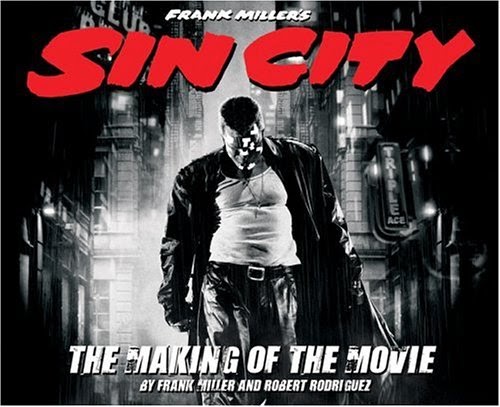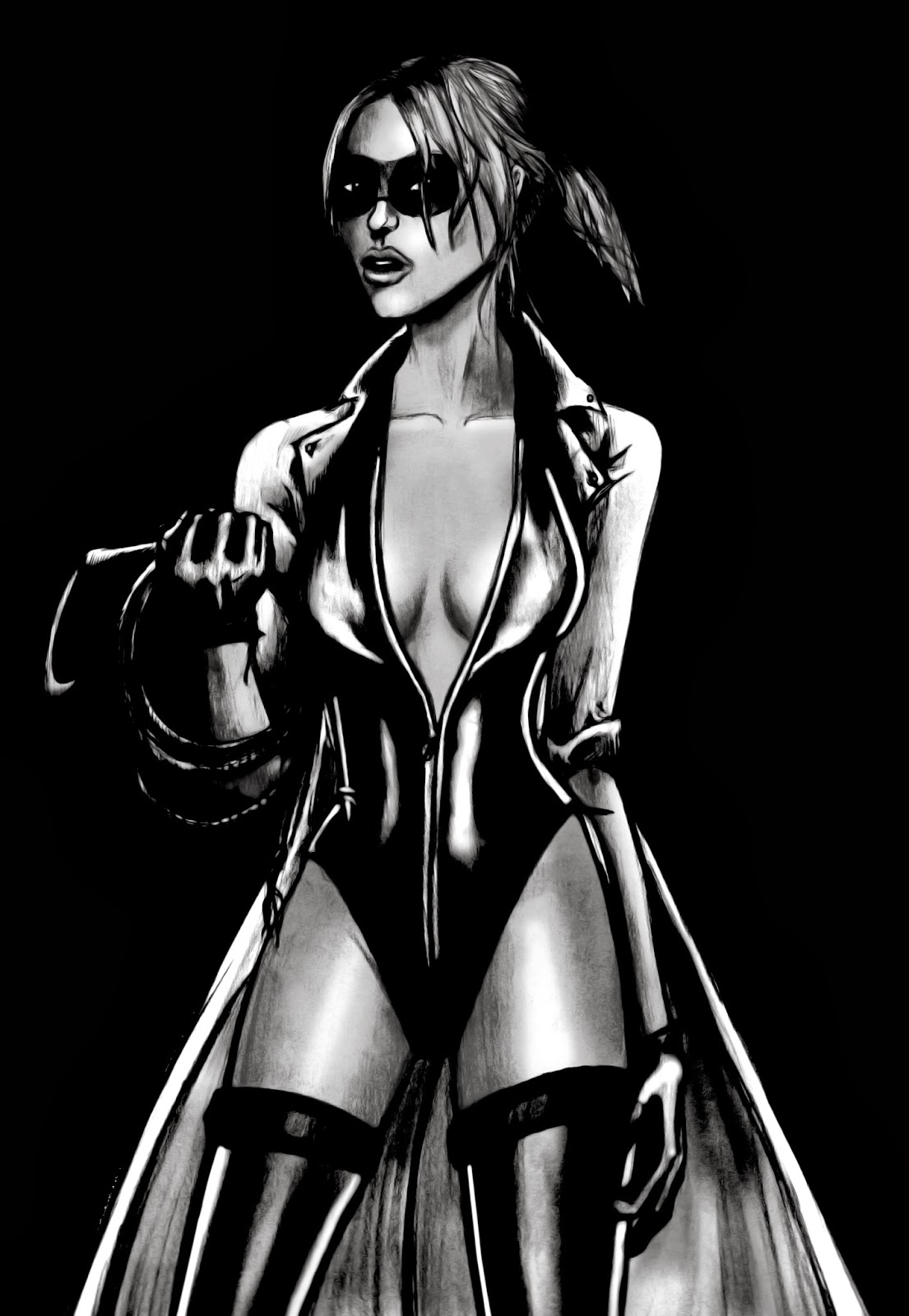Modelling the Character
Once we had all of our pre-production complete I moved onto beginning to model out the characters. I used the same technique that I did for the alien and made sure that I used my character turnarounds for reference before beginning from the foot upwards.
I started with the foot, modelling the lower leg and the first toe before adding in the other two. This was fairly difficult as the turnarounds were not quite symmetrical and I had to alter one side so that it stuck out a fair bit in order to ensure that it didn't go onto the other side of the grid; meaning that when it comes to flipping it, it becomes very easy and I can simple mirror this half of the model over hopefully without any trouble. At this point I didn't know what to do with the webbing in between the toes so I decided to leave it for now until I could ask for help.
I then worked my way further up the leg, making sure that I stuck to my references and ensuring that it didn't go over the half way point, so that it didn't mess up the model once I was mirroring it, and so far I am happy with the look of it. I then worked my way up the torso, ensuring that I made the stomach prominent and making sure that it follows the shape of the body correctly.
I then worked my way down this half of the tail of the platypus. This was quite difficult, but I managed to get it to loo okay in the end, although the turnaround again were a little off making it more difficult that it should have been. I started by adding in the basic shape of the tail before adding the finer details as this gave me a good starting point for it.
I then added more detail into the tail, adding the end part to it and then sculpting it so that it had more polygons in the tail to give it more shape.
I then worked further up the head, adding the in neck detail and moving onto adding in the beak. As he doesn't actually have eyes that stick out like normal human eyes, these were rather difficult to add in as I just had to leave a face for them to go in and hope that it will look okay when it will be textured, if not I will have to add in some form of eye later on in the modelling stage.
I added more detail into the face and ensured that the beak fit into correctly into the area and also looked good; which I am really happy with.
I then lastly moved onto modelling the arm and hands to complete this half of the model, before adding in any further smaller details in the end. So far I am very happy with the look of him and it looks like how we wanted at the moment, the tricky part to come is when I have to add in the details like the loin cloth and the pieces of cloth attached around him.
Here is the finished arm/hand. I am extremely happy with the look to it and really think it suits the design of the character, again I haven't added in the webbing as I want to double check the best method for this before doing it.
And then here is the finished first half, without the extra details added on. I really like it and think that it conveys our chubby little character very well and gives him all the right characteristics. There are a few more details that do need adding on like the clothing, but these will be added on in the next blog post.
I then also had a quick look to see how he was looking in a smooth preview, and again it looked great and is definitely heading in the right direction.

























